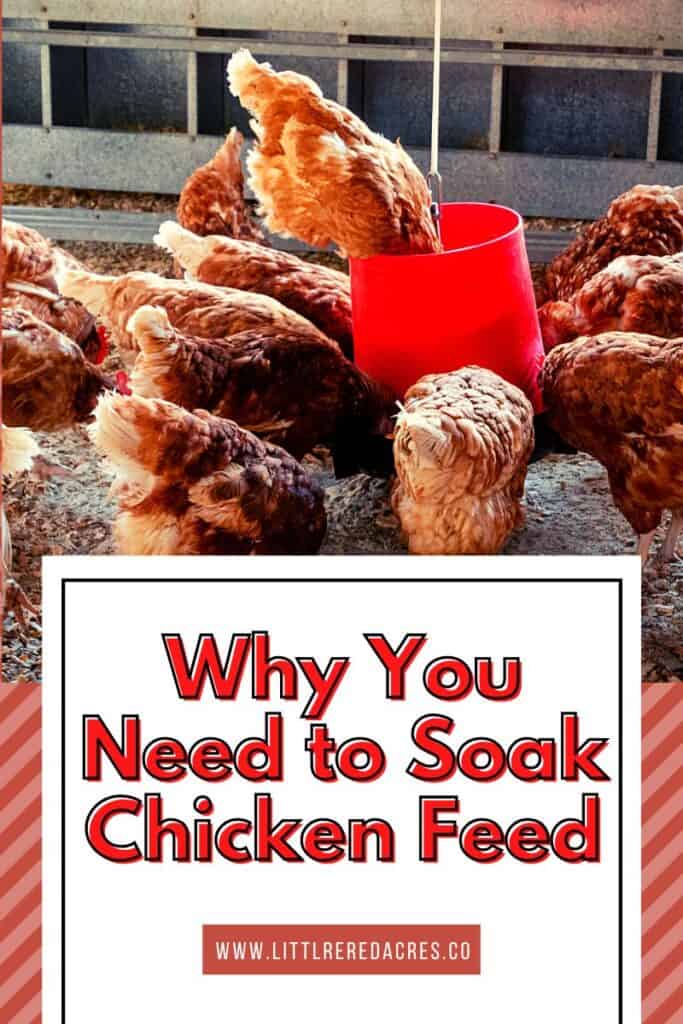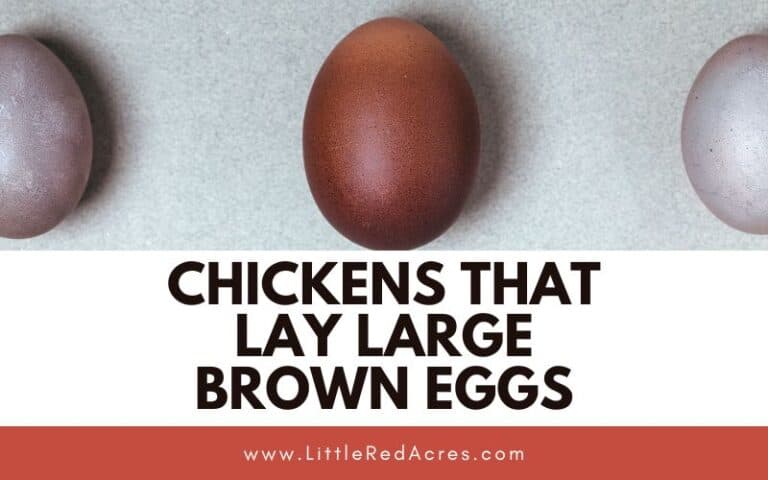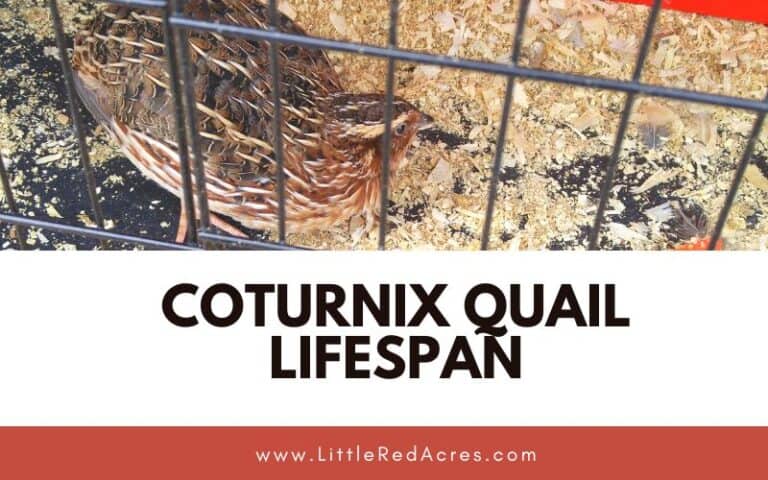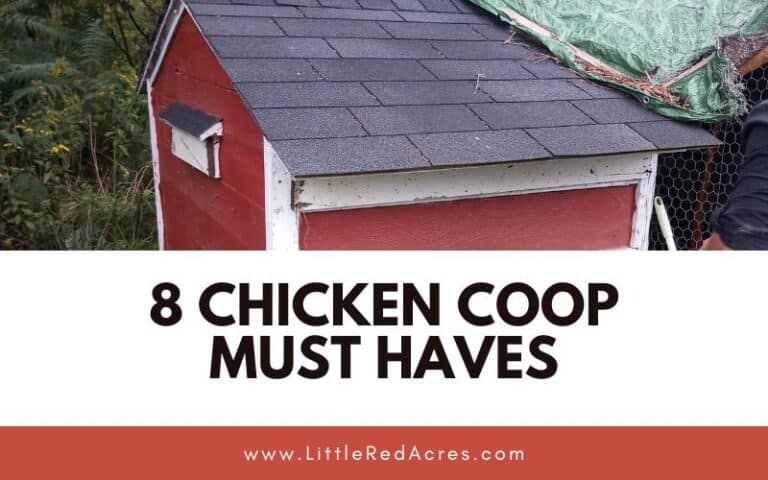Why You Need to Soak Chicken Feed
Inside: If you’re looking to stretch your chicken feed out longer, you can ferment or soak chicken feed. Let's talk about soaking chicken feed easily.
If you’re looking to stretch your chicken feed out longer, you can ferment or soak chicken feed. It is easy to do. But it is going to add another step to your day. It's not going to take a lot of time, just minutes, but sometimes you already have enough to do that you don't want to add another step, and I get that. But let's talk about why you might want to try it out.

This post may contain affiliate links, see my disclosure policy for more information.
Why You Need to Soak Chicken Feed
I just started doing this with my own chickens. For the next bag of feed, I buy I plan to pay more attention and see if it actually reduces our feed costs or not.
However, I will say that my Brahmas, both bantam and standards, really do seem to love it. They run out of their coops in the morning straight for the bowls of soaked feed. My daughter's silkie chickens however do not seem to care for it and while they will eat it, they would rather the dry feed.
Get updates & freebies delivered to your inbox!
I don't have the time or energy, or attention span to be completely honest, to do fermented chicken feed. But soaking chicken feed for 24 hours is completely doable.
What do You Need to Soak Chicken Feed?
Pellets tend to disintegrate into the water during the soaking period. Because fermented and soaked feed is digested easier, your chickens will naturally eat less chicken feed than if you didn’t ferment or soak it. This is esstentially filling them up faster.
The process of soaking chicken feed grains makes them easier to digest. In the most obvious way, the softened feed is more gentle on the stomach – or in a chicken's case, their crop and gizzard.
Soaking or fermenting feed makes it easier for chickens to utilize all the good nutrients they’re consuming. Just think how happy they'll lay eggs for you now.
What you need:
- chicken feed – lay pellets or lay crumble
- container to hold feed
- water
- spoon
How to Soak Chicken Feed
Measure out your chicken feed, how much they can eat in a day you want to do at a time. They say 1/2 cup of lay pellets for regular-sized chickens.

You want to cover this with water, I use cold water, having about 3 inches above your feed. Let it soak for about 24 hours. Each morning after I feed our chickens I set more for the next day.
You might find there to be some trial and error for you and your birds to see how much they eat in a day.
If there is feed left over at the end of the day you will want to do less the next time.

I use the same containers and bowls that they eat out of every day. On the weekend everything gets a good cleaning.
What Can You Soak for Chicken feed
I use our regular chicken lay pellets.
You can soak other feeds as well. Chick starter for instance. Though I didn't find the crumble of it absorbed the water as the lay pellets did. I have only tried it once for that reason, maybe I used too much water, but when feed starts out small because it's broken up, then there isn't much room for it to be broken up.
This works best with mash, whole grain, or chicken crumble feed.
Difference Between Soaked Feed & Fermented Feed
I talk about soaking chicken feed, but what if you want to ferment feed. Fermented feed is feed that you leave to soak longer than 24 hours.
Cover the top of the container with a loose-fitting lid, plate, or other makeshift lid. It doesn’t need to be air tight! The idea is to prevent drifting mold spores from floating in, but also allow the fermentation gasses to escape.
You are going to want to stir it once a day. For about 3-4 days.
FAQ
How muchfeed per chicken? 1/4 cup to 1/2 cup of feed before soaking it.
How to store fermented feed? Fermentation makes the feed slightly acidic, it is best to choose glass, ceramic, or BPA-free plastic. It should be large enough to hold a day or two worth of feed for your flock, plus extra room for water, stirring, and expansion. Do not use a tight fitting lid, but instead place a plate or something over the top to allow gases to escape.
Fermenting chicken feed with ACV: Add 1/3 cup of apple cider vinegar to start the fermentation process. Some will also take 1/3 cup of the previous fermented feed to add to new batches to jump start the process.

Want More?
What to Feed Chickens
What NOT to Feed Chickens
7 Benefits of Backyard Chickens






